JACARANDA
Jacaranda sp.
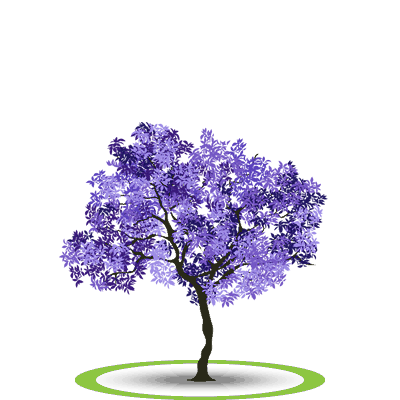
- Height
- 6 to 15 meters
- Growth
- Fast: over 1.5 meters per year
- Flowering
- Cluster of flowers of vibrant tones between lilac and blue, arranged in pyramidal bunches.
DEVELOPMENT STAGES
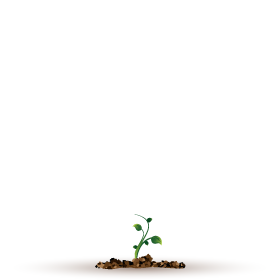
SEEDLINGS
Post-germination
22 to 40 days
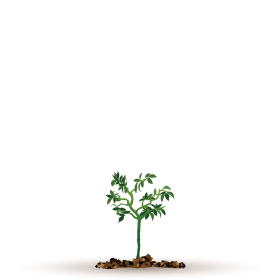
BABY PLANT
Pre-planting
4 to 6 months
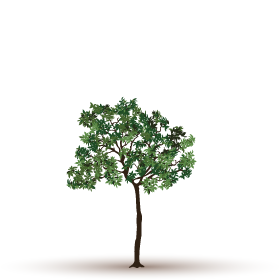
BUSH
Juvenile
1 to 3 years
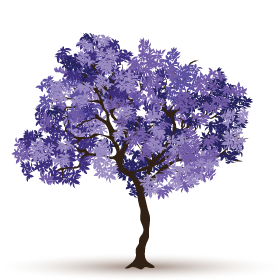
TREE
Adult
3 to 5 years
CULTURE AND SYMBOLISM
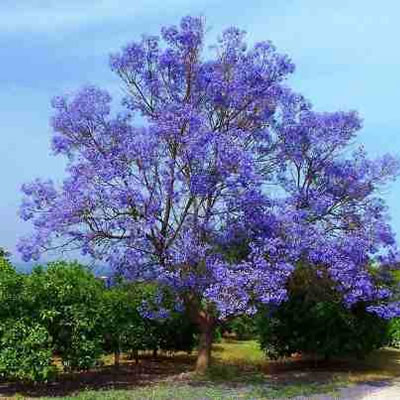
With old and intense commercial exploitation, Jacaranda was exported on a large scale to Europe, where it became a competitor to ebony. In our land, it was widely used in Brazilian baroque furniture, which also contributed to the devastation of the areas where it grew and, as a spontaneous species, became a rarity. There are several species planted today in Brazil. Recent studies point out aesthetic, ecological and social benefits related to Jacaranda, notoriously those related to climatic factors.
Jacaranda is associated with many symbols and legends. For many, the flowers of the Jacaranda are associated with the rebirth and magic of spring. In the Amazon this tree is associated with the goddess of the moon. In some countries the tree is associated with wisdom and therefore is often planted in schools and university camps.
According to the legend, if a Jacaranda flower falls on your head, it will bring you good luck.
SEASONAL BEHAVIOUR
Before blooming, Jacaranda loses almost all its leaves. When it blooms, it presents a profusion of flowers in clusters. When the flowers fall, the Jacaranda restores its foliage and a new cycle begins.
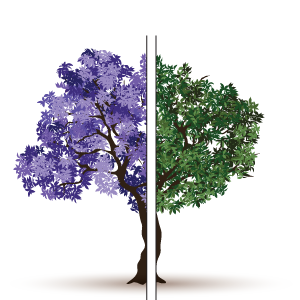
SPRING
September to December
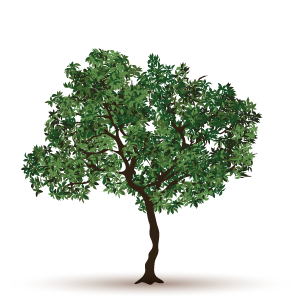
SUMMER
December to March
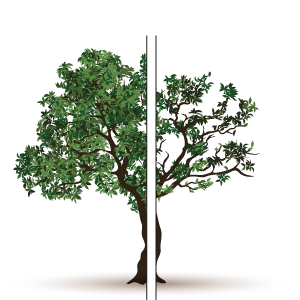
AUTUMN
March to June
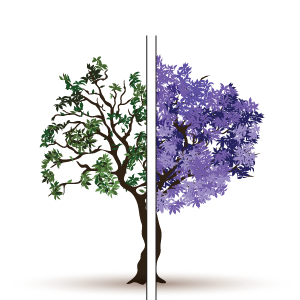
WINTER
June to September
CARE AND HANDLING
The growth and development of plants result from the interaction between genetic and environmental factors. BioParque values the use of certified seeds, prioritizing the quality of the plants. In addition, sustainable management practices are adopted in order to provide optimal conditions for the development of trees, also respecting the environment.
WATER AND NUTRIENTS
- Irrigation: The amount of water required by trees varies according to their species and environmental conditions. BioParque has developed an irrigation program to meet the different needs of tree species.
Jacaranda is a plant that does not need much water to develop. Watering will be more frequent in the first year of life. In field conditions, establishment phase or juvenile period of the tree, complementary irrigations will be done whenever is necessary. In the adult phase, only salvage irrigations will be done, in case of long droughts. - Fertilization: Fertilizations will be carried out according to the nutritional requirements of each species throughout their life cycle, according to the results of periodic technical evaluations.
PLANT HEALTH CONTROL
- Preventive actions: periodic inspections will be carried out to prevent possible outbreaks of pests.
- Alternative technologies: specific ecological actions will be used, whenever necessary, to prevent and fight pathological agents
PRUNING
When necessary, for safety reasons, to improve the structure or health of the tree, pruning will be performed.





